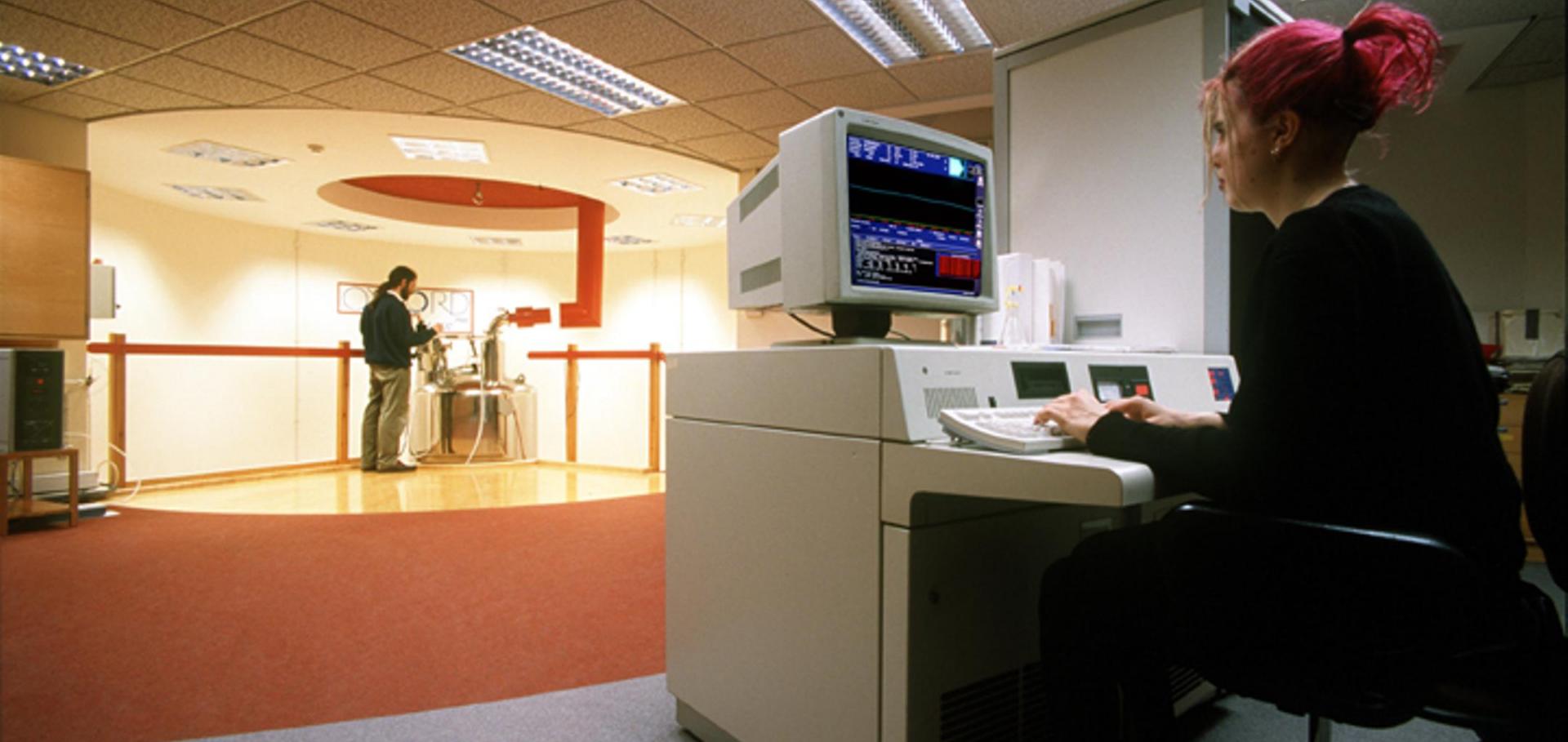Tackling Systematic Errors in Quantum Logic Gates with Composite Rotations
Physical Review A 67 (2003) 042308 7pp
Tackling systematic errors in quantum logic gates with composite rotations
Physical Review A - Atomic, Molecular, and Optical Physics 67:4 (2003) 423081-423087
Abstract:
The use of composite rotations to combat systemetic errors in single-qubit quantum logic gates was described. Three families of composite rotations which could be used to correct off-resonance and pulse length errors was also discussed. Results showed that any implementation of a quantum computer must ultimately be concerned with rotations on the Bloch sphere, and so composite pulse techniques may find a broader application in quantum computing.The Circularization of Amyloid Fibrils Formed by Apolipoprotein C-II
Biophysical Journal 85:6 (2003) 3979-3990
Abstract:
Amyloid fibrils have historically been characterized by diagnostic dye-binding assays, their fibrillar morphology, and a "cross-β" x-ray diffraction pattern. Whereas the latter demonstrates that amyloid fibrils have a common β-sheet core structure, they display a substantial degree of morphological variation. One striking example is the remarkable ability of human apolipoprotein C-II amyloid fibrils to circularize and form closed rings. Here we explore in detail the structure of apoC-II amyloid fibrils using electron microscopy, atomic force microscopy, and x-ray diffraction studies. Our results suggest a model for apoC-II fibrils as ribbons ∼2.1-nm thick and 13-nm wide with a helical repeat distance of 53 nm ± 12 nm. We propose that the ribbons are highly flexible with a persistence length of 36 nm. We use these observed biophysical properties to model the apoC-II amyloid fibrils either as wormlike chains or using a random-walk approach, and confirm that the probability of ring formation is critically dependent on the fibril flexibility. More generally, the ability of apoC-II fibrils to form rings also highlights the degree to which the common cross-β superstructure can, as a function of the protein constituent, give rise to great variation in the physical properties of amyloid fibrils.Putting it into practice
Nature Springer Nature 421:6918 (2003) 28-29
Robust Ising gates for practical quantum computation
PHYSICAL REVIEW A 67:1 (2003) ARTN 012317


